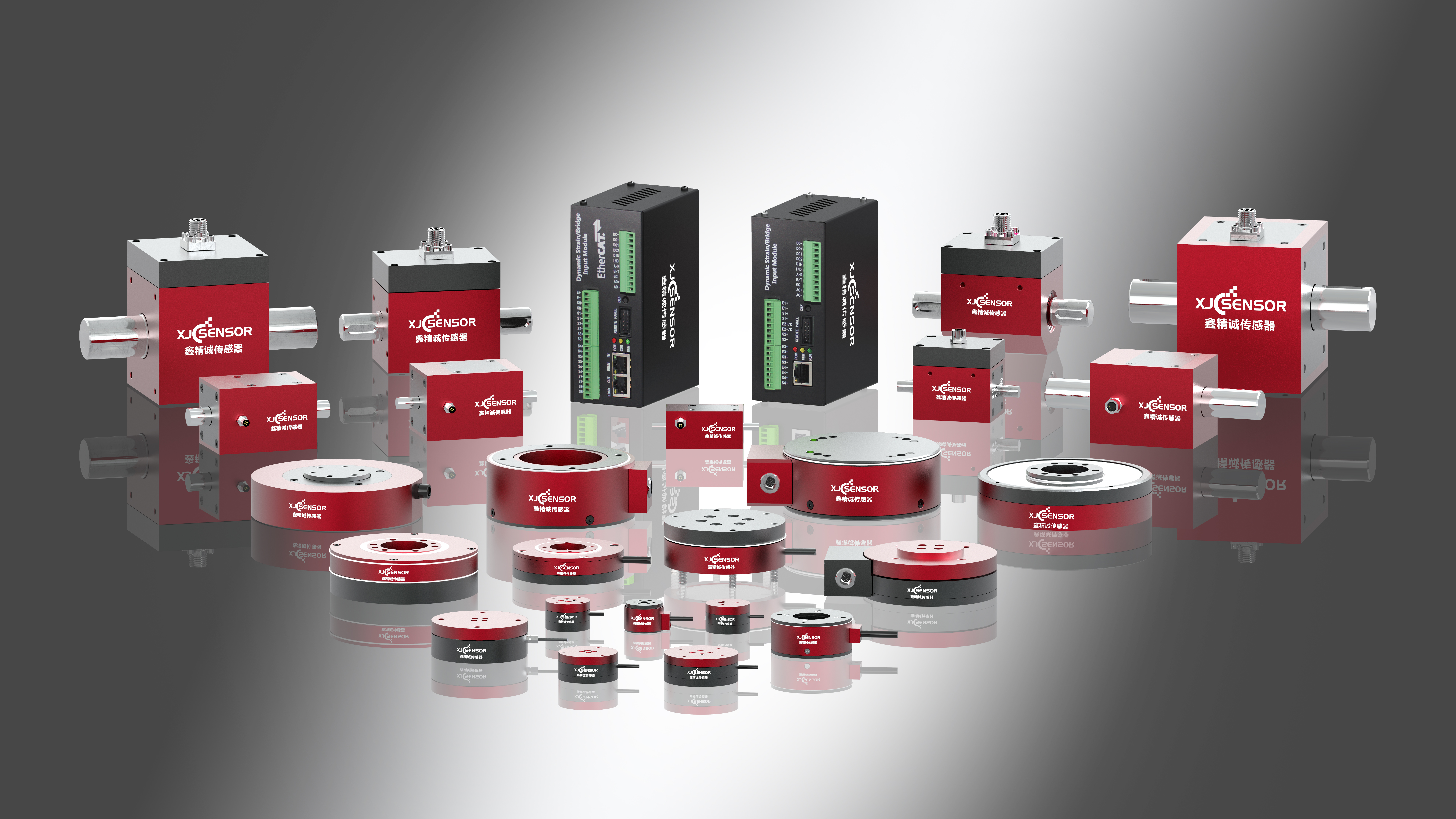Email cannot be empty
Password cannot be empty
Email format error
Email cannot be empty
Email already exists
6-20 characters(letters plus numbers only)
The password is inconsistent
Email format error
Email cannot be empty
Email does not exist
6-20 characters(letters plus numbers only)
The password is inconsistent


Multi-axis force transducer opens new era of mechanical testing
In modern engineering and technology, accurate force measurement is essential to ensure structural safety, optimize design and improve product performance.
Multi-axis force sensors as a high-tech device capable of detecting forces in multiple directions simultaneously, are gradually becoming an important tool in these fields.
The core of the sensor consists of multiple sensing elements, each of which is responsible for detecting a force in a specific direction. These sensing elements are usually based on piezoelectric or strain-gauge technology and are capable of converting the force into an electrical signal. The microprocessor built into the sensor analyzes these electrical signals, calculates the magnitude and direction of the force in each direction, and transmits the data through a digital interface.
When using the sensor, the operator needs to select and install the appropriate sensor based on the actual application scenario and the type of force to be measured. During installation, it is important to ensure that the sensor is firmly connected to the object to be measured to avoid measurement errors. After the equipment is activated, calibration should be performed to ensure the accuracy of the data.
In robotics, the application of multi-axis force sensors enables robots to more precisely control their movements and operating forces.
For example, in precision assembly and minimally invasive surgical robots, the accuracy and safety of operations can be greatly improved by monitoring and adjusting forces in multiple directions in real time.
Although sensors are becoming more user-friendly in their design, proper maintenance and regular calibration are still essential to maintaining their accuracy and reliability. Operators need to be properly trained in the use of the equipment and data handling techniques.
As technology continues to advance, future sensors may become more intelligent and miniaturized. Integrated wireless transmission and more advanced data processing algorithms, as well as the use of new materials, will further enhance the performance and application range of sensors.
Multi-axis force sensors have revolutionized mechanical testing and force control by not only improving operational accuracy, but also expanding the possibilities for research and industrial applications. As this technology continues to evolve, we expect it to play an even greater role in the future of science, technology and engineering.

